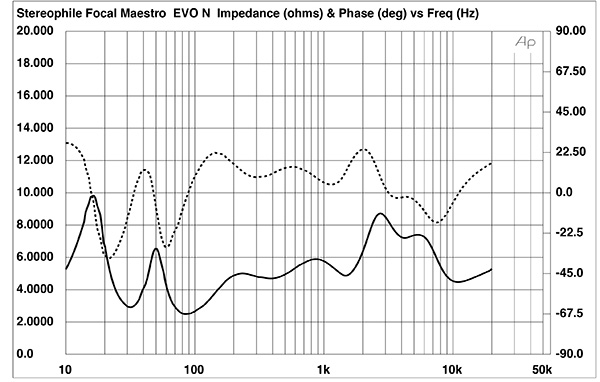Think of this as a no BS guide to getting the most out of a pair of Focal floor-standers.
I have followed Focal speaker development closely since the introduction of the Utopias with the titanium tweeter and dual midrange units. I've been listening to them, looking at online measurements as well as doing my own speaker and crossover analysis from time to time when I was a Focal owner as well. I hope that my experience can help you get the most from your Focals if that's how you've chosen to go.
The modern Focals, from the Kanta to the Utopia range share some common challenges in getting the bass/mid/treble balance right which a new Focal owner may not be aware of. First we'll cover placement, and then amplifier selection.
None of these suggestions are absolute, but some are counter-intuitive so experimenting with these suggestions may help you get to an ideal musical experience more quickly.
Simple Rules
- Close to a rear wall
- Far from side walls
- Minimal toe-in
- Absorbers on the sides between listener and speaker, not just 1st reflection points.
- Strong amplifier
Focals usually benefit from being close to the rear and far from the sides compared to other speakers. Definitely not a speaker that likes being isolated in the middle of the room.
Audiophiles often use a laser level to point tweeters directly at their listening chair. Don't do that. The metal dome's will sound smoother if you point them behind your head. Also the imaging gets better. When first set up you may hear a left and right, and strong center but lack of fill between the center and sides. That's what the correct toe-in will help.
Room Treatment
Another concern with Focals is how smoothly the frequency response falls off to the sides. Too much here and you'll end up with a speaker that tonally sounds too bright. See the red line below.
The plot here is taken from Stereophile's Evo Utopia review, but is a common trait among focals from the Kantas on up due to the dispersion of the inverted dome. The red line is a theoretically better curve. Essentially there is too much off-axis energy from 5 kHz to 10 kHz compared to the range below and above. The best way to deal with this is absorbers on the sides of the listening area to help drain that energy faster. This effect is worse in some lines than the other but you should keep it in mind. This will also greatly improve imaging and help the music appear to be wider than the speakers instead of only between them.
Failure to take these items into consideration may make the speaker sound like it is lacking in the bass, despite the on-axis measurements.
The top end Focals come with jumpers to adjust the relative driver levels and many of us have access to EQ via our equipment or streamers. I strongly encourage you to start with the room treatment first, since the issue here isn't output, but the horizontal shape of the output. Once that is in place you'll have a better time adjusting any levels. Alternatively, experiment with little to no toe-in and adjusting the levels appropriately.
